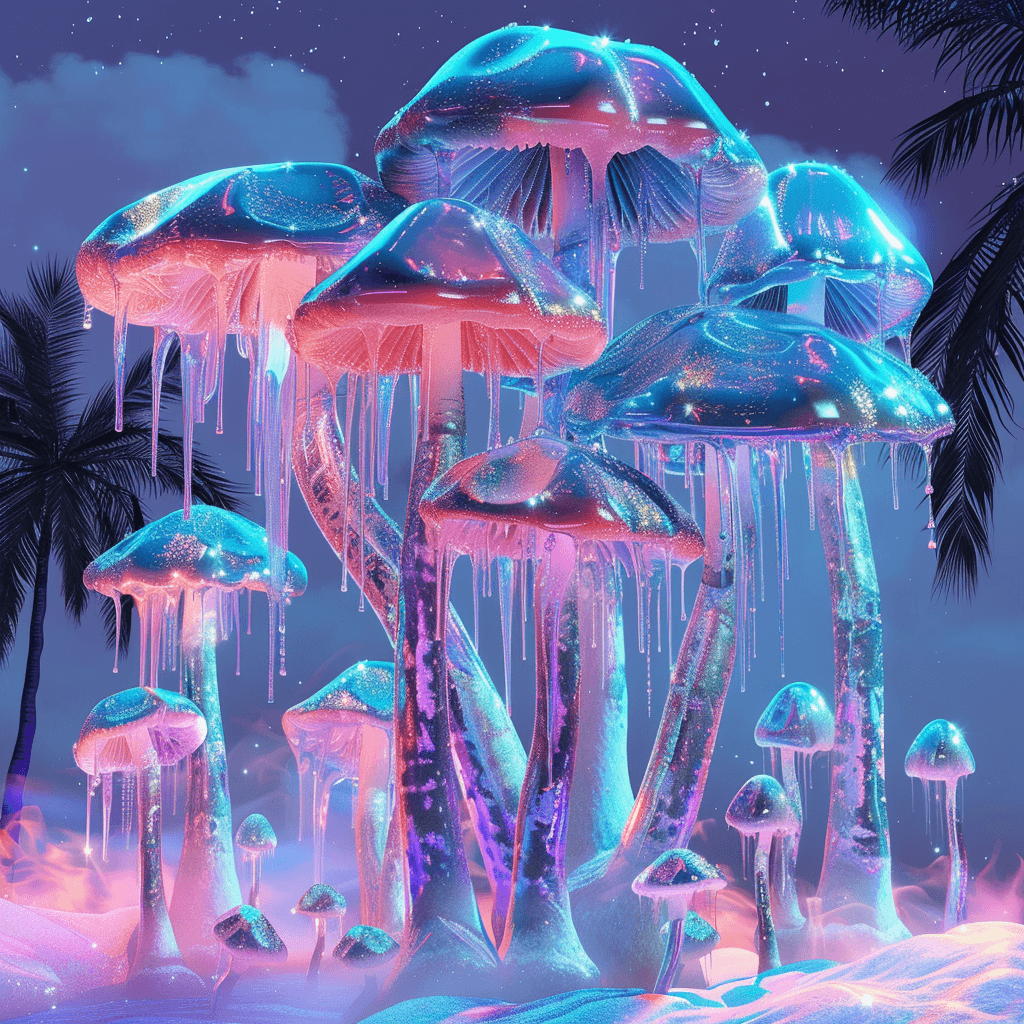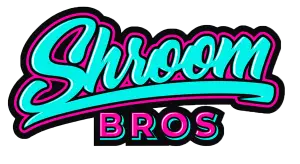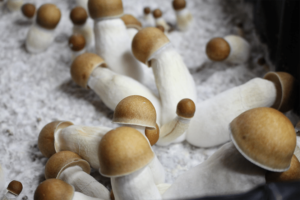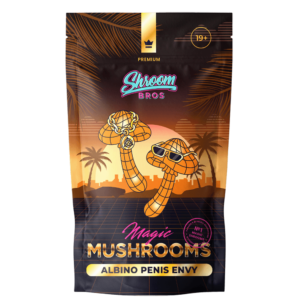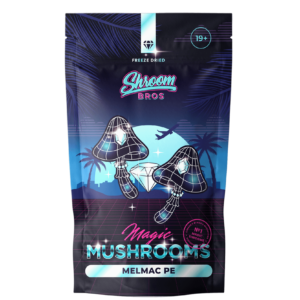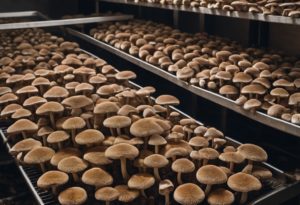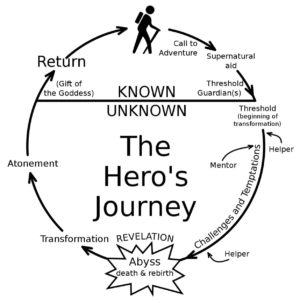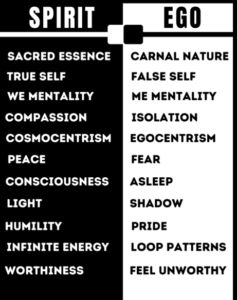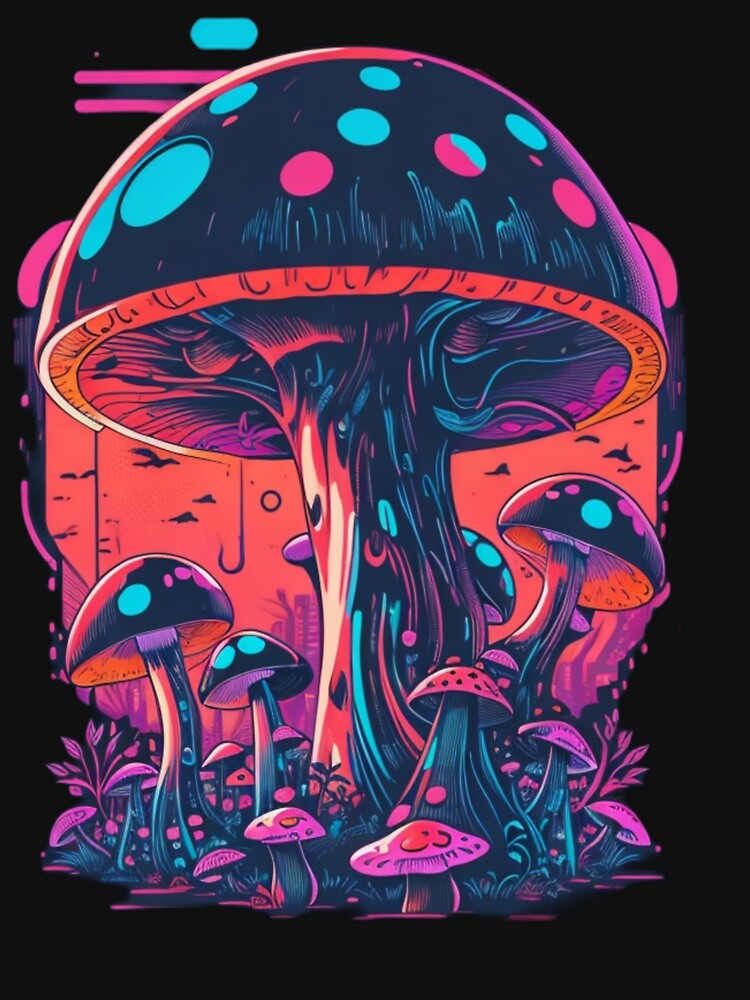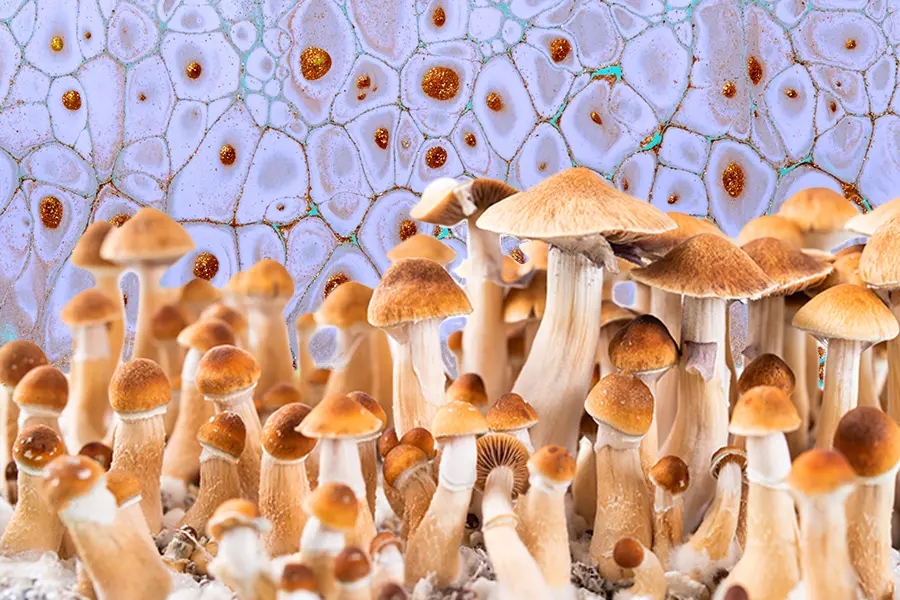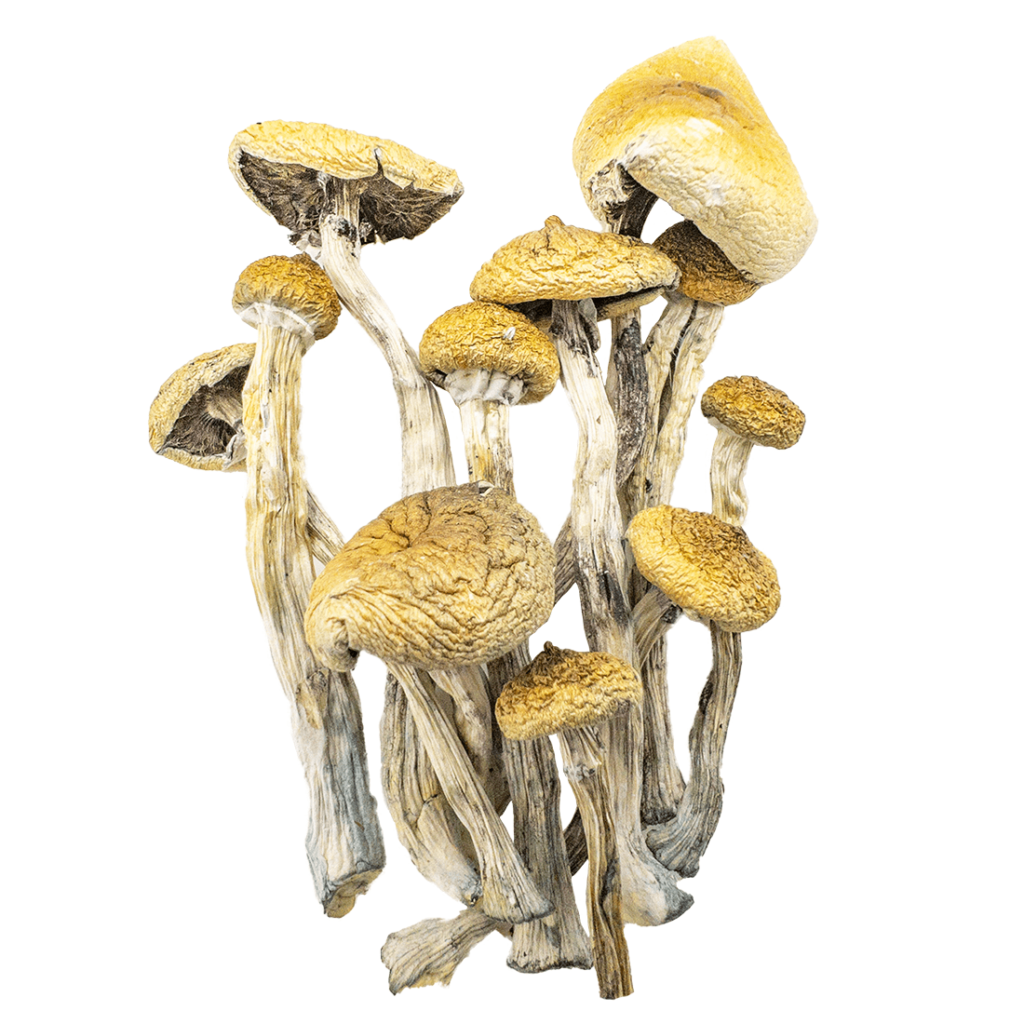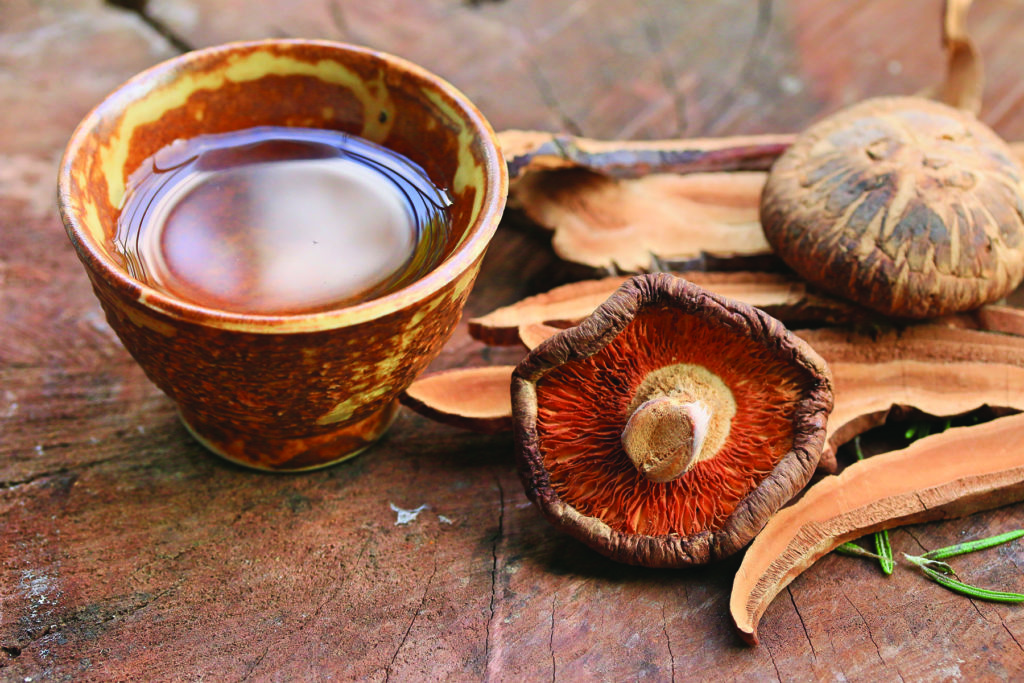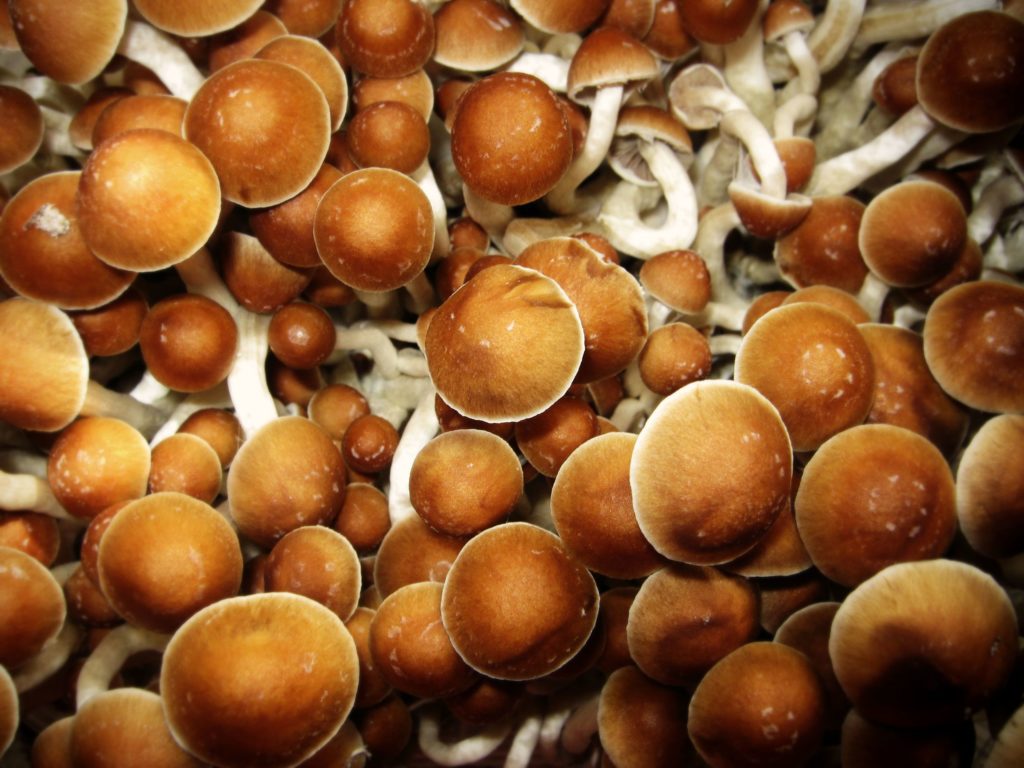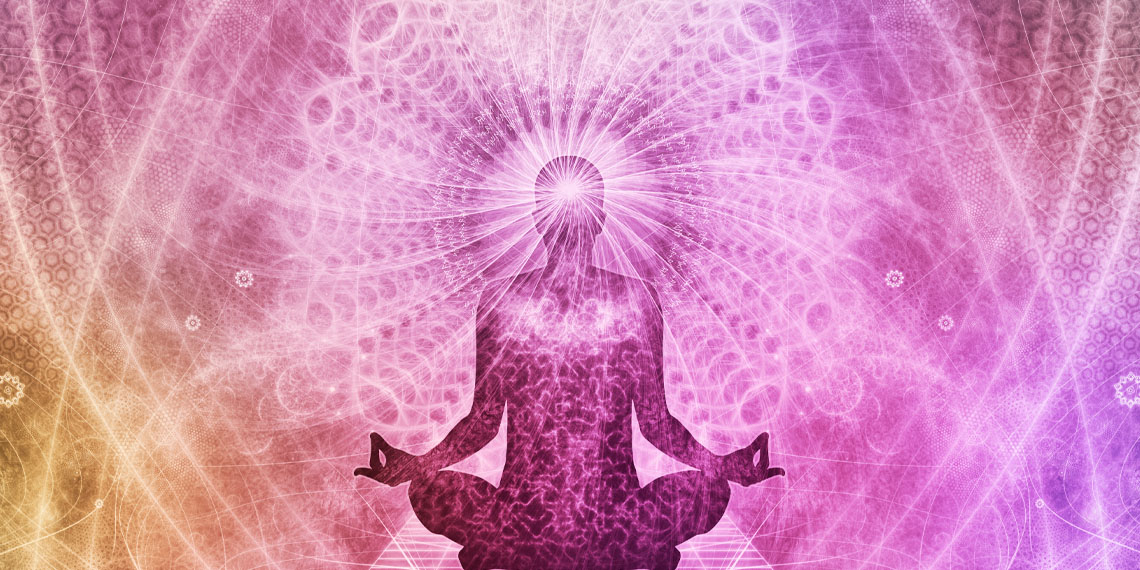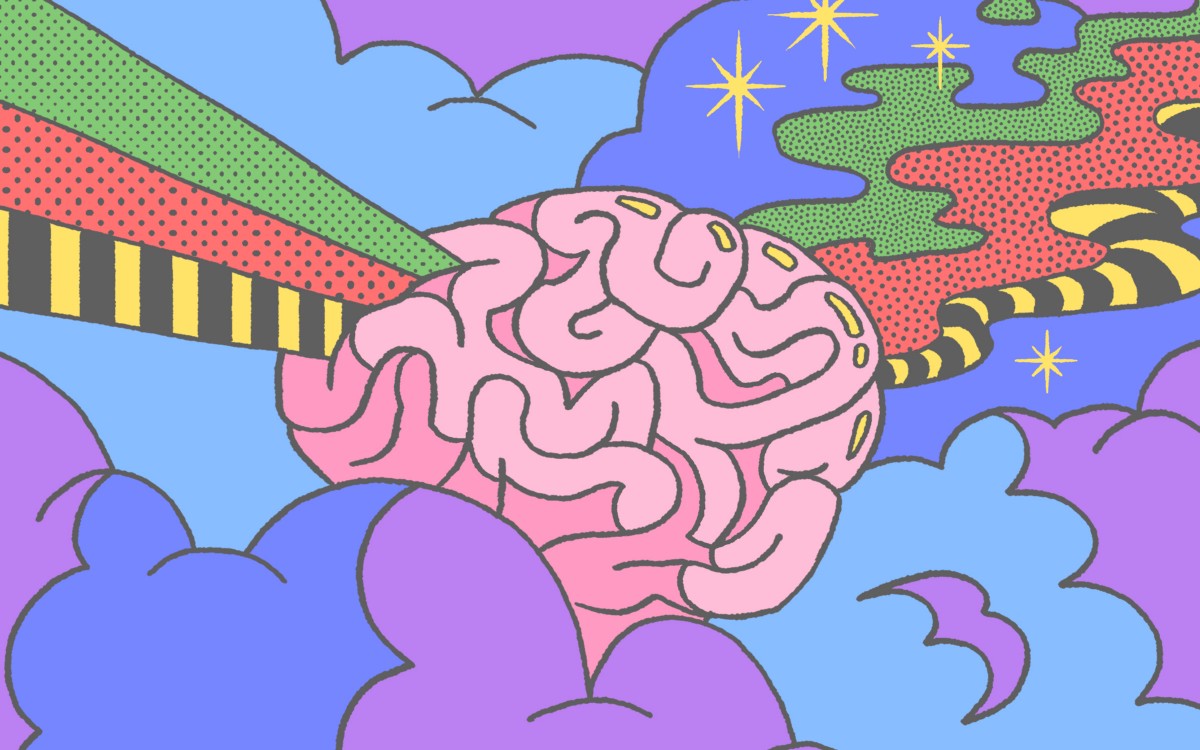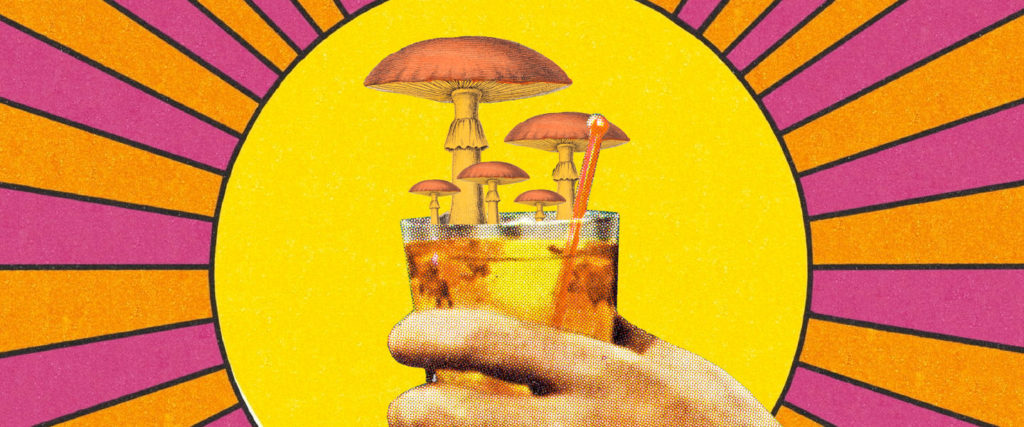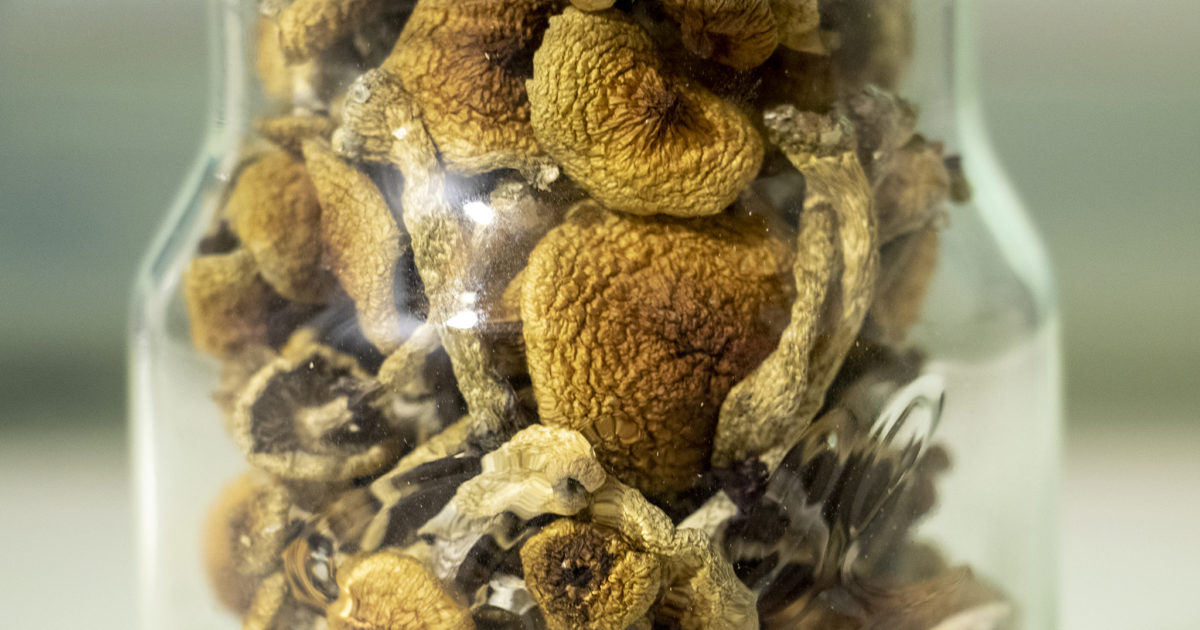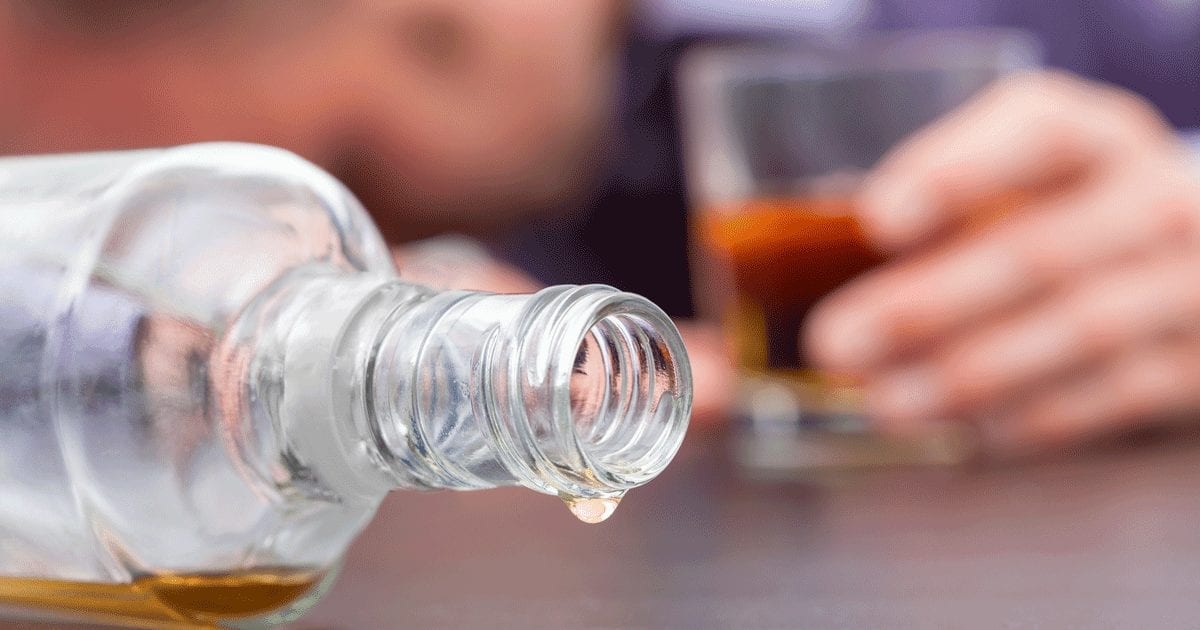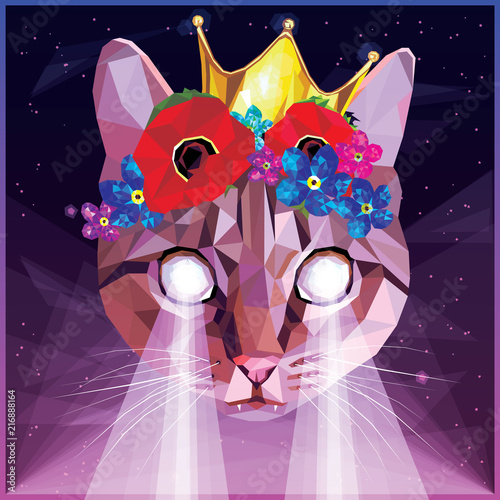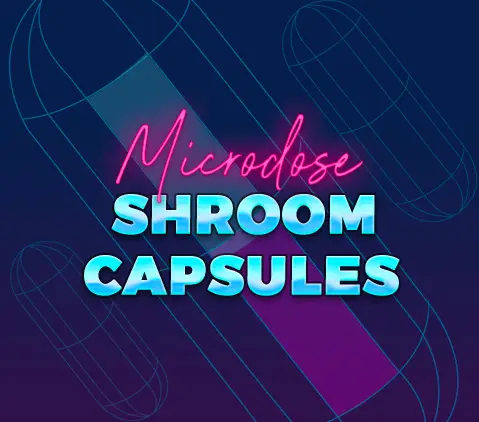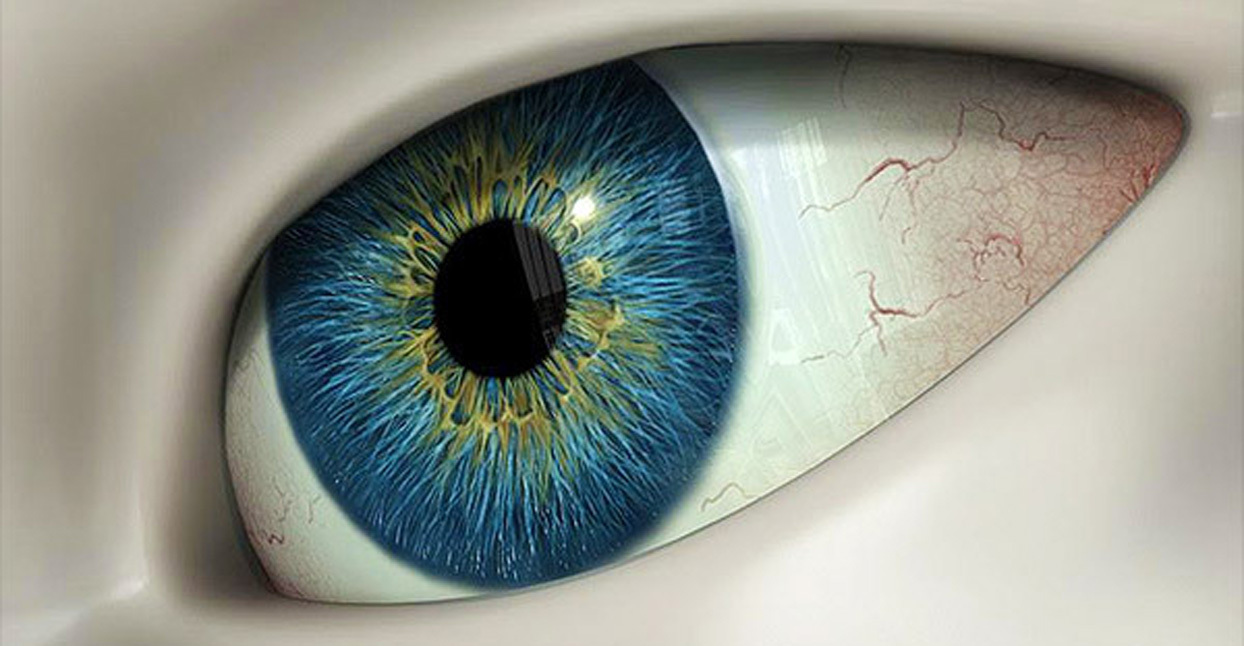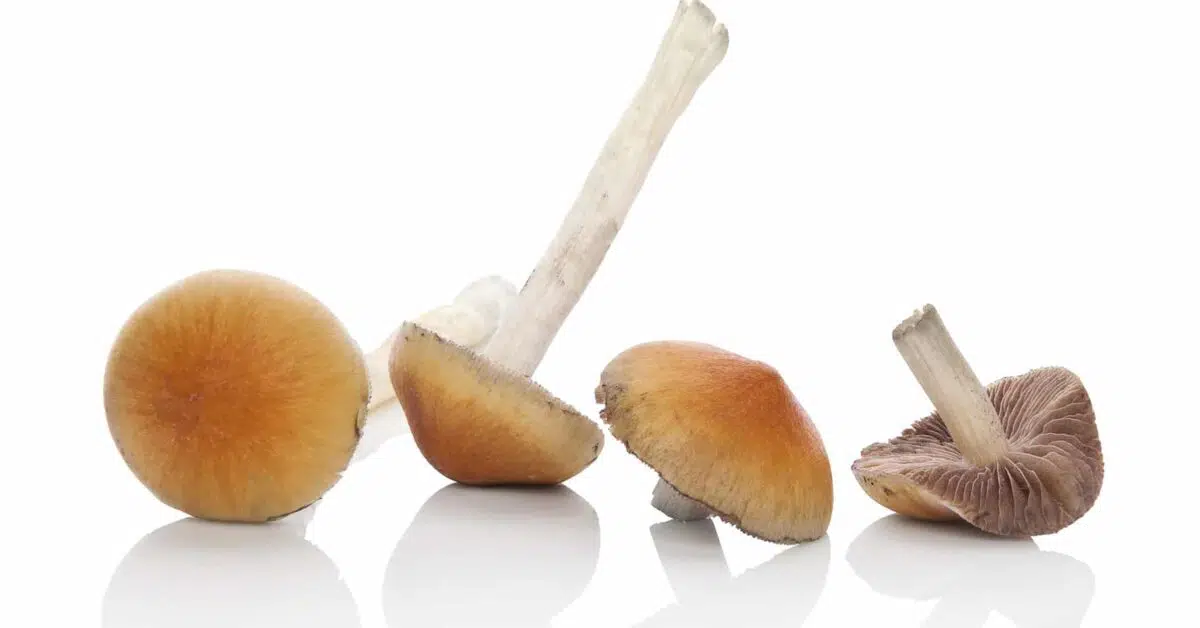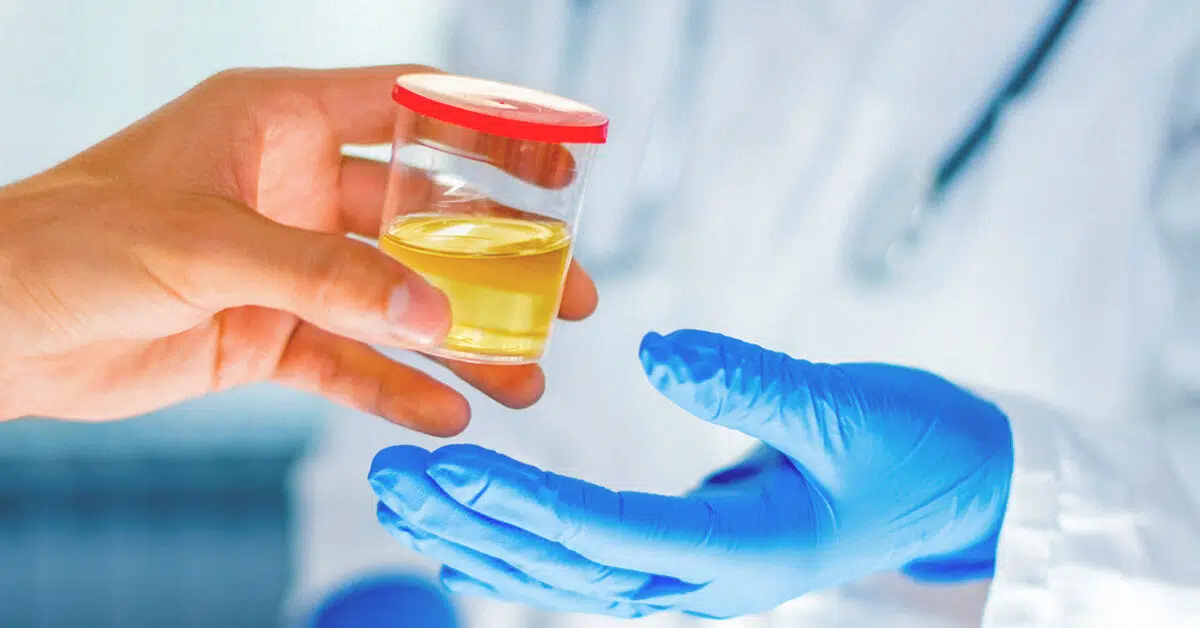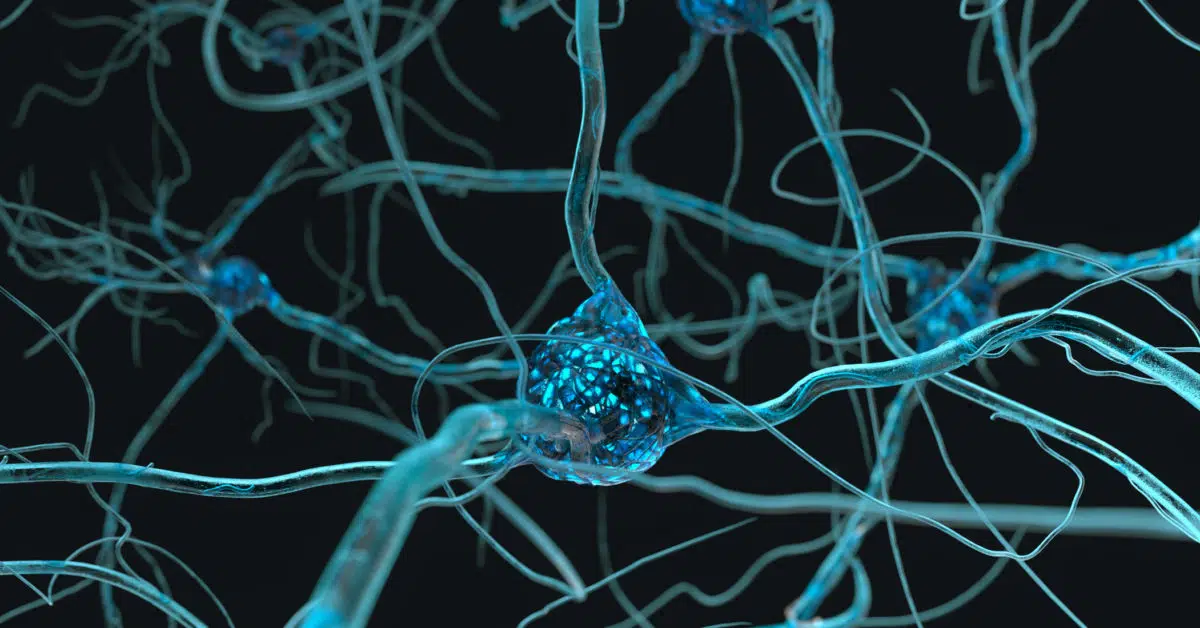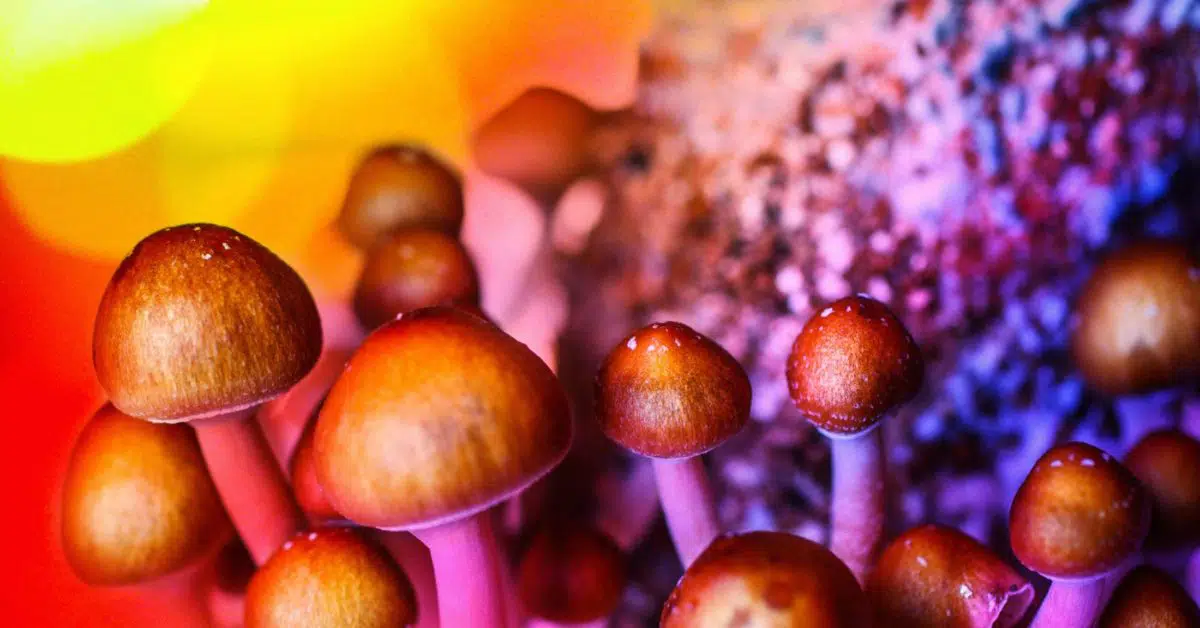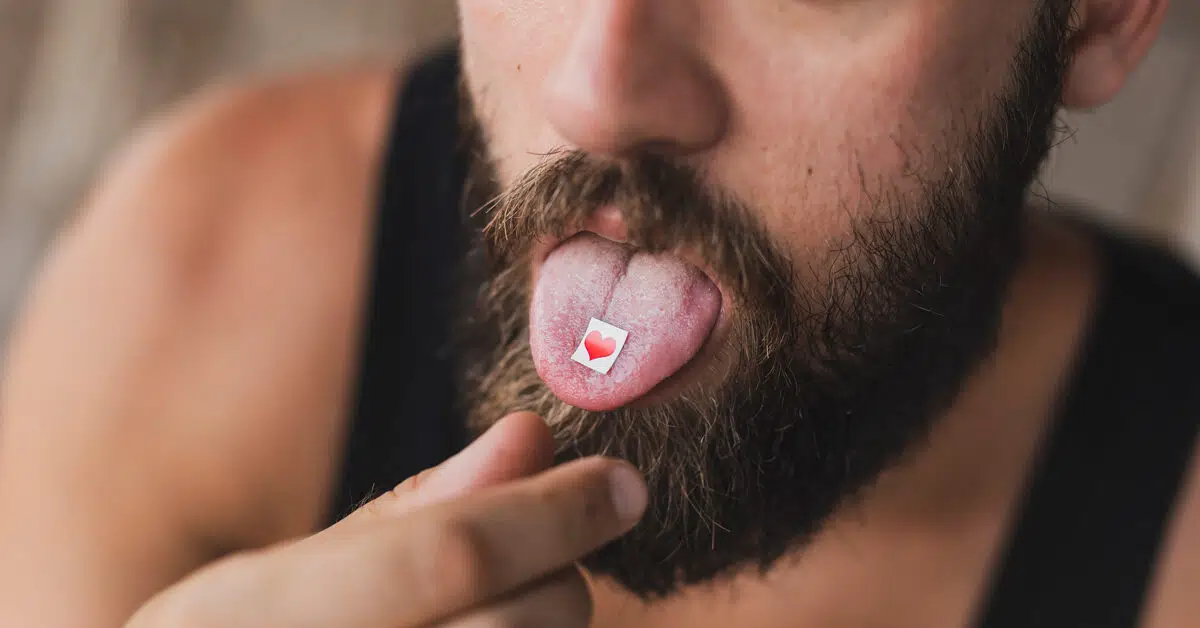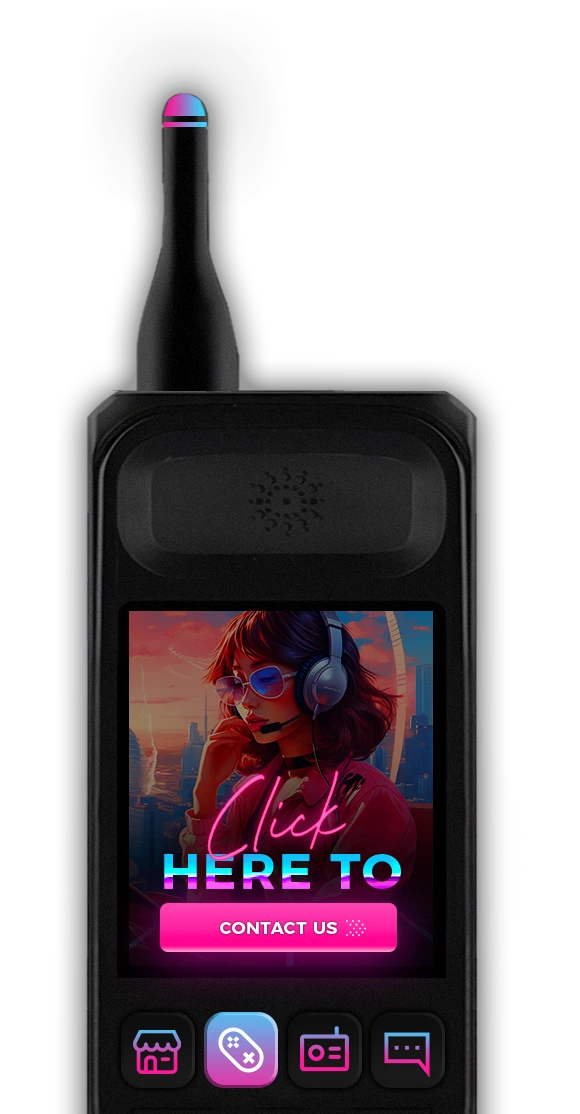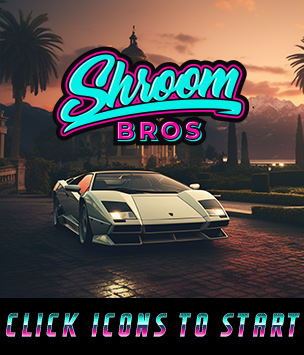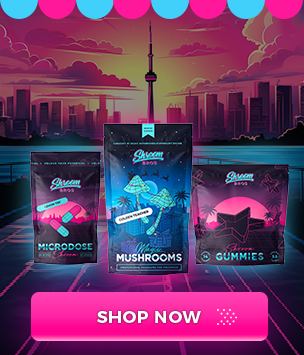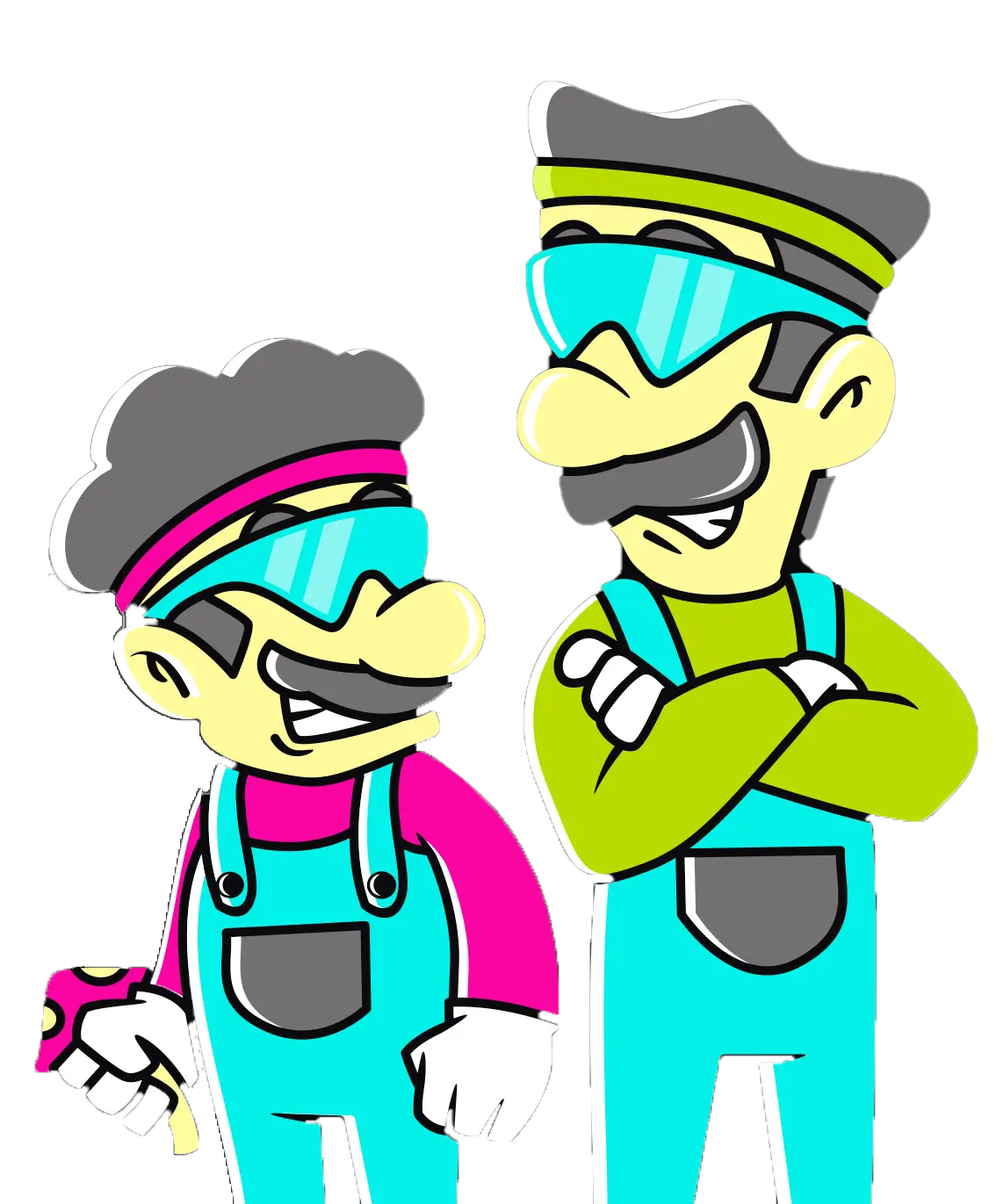Magic mushrooms, also known by their scientific name Psilocybe, have been a topic of interest for both traditional and modern uses due to their psychoactive properties. These mushrooms contain psilocybin, a compound that converts to psilocin in the body, inducing psychedelic experiences. Magic mushrooms can be consumed in various forms, each offering different experiences and benefits. Among these forms, freeze-dried and regular (fresh or dried) magic mushrooms are the most common.
In this blog, we will explore the distinctions between freeze-dried magic mushrooms and their regular counterparts. By comparing their production, chemical composition, user experience, and storage, we aim to provide a comprehensive insight into how each type fits different user preferences and needs. This comparison will focus purely on factual information and practical insights, setting aside any legal considerations to concentrate instead on the intrinsic qualities and effects of these fascinating fungi.
Understanding Magic Mushrooms
What are Magic Mushrooms?
Magic mushrooms are fungi that contain psychoactive compounds, primarily psilocybin. These mushrooms belong to the genus Psilocybe, with over 200 species identified worldwide. The most commonly known species include Psilocybe cubensis, Psilocybe semilanceata, and Psilocybe azurescens.
Historical and Cultural Significance
The use of magic mushrooms dates back thousands of years, with evidence of their use in religious and spiritual rituals among indigenous peoples in America and Europe. In many cultures, these mushrooms were considered sacred for their mind-altering effects, believed to connect humans with the spiritual world and enhance introspection and psychological insight.
Today, interest in magic mushrooms has resurged, partly due to growing scientific research into their potential therapeutic benefits. Studies have explored their use in treating depression, anxiety, and PTSD, reigniting interest in their traditional and modern applications.
Common Types of Magic Mushrooms Used
The most widely used type of magic mushroom is Psilocybe cubensis because of its relatively robust nature and higher psilocybin content compared to other species. This species is favored for both natural and cultivated growth, making it the primary choice for commercial production and amateur cultivation.
Freeze Drying vs Regular Production and Preparation
How are Regular Magic Mushrooms Grown and Harvested?
Regular magic mushrooms can be grown either in the wild or through cultivation. Wild mushrooms are harvested by foraging in natural habitats known to support their growth, such as woods and fields rich in decomposing materials like mulch and wood chips. Cultivated mushrooms are grown in controlled environments where conditions such as humidity, temperature, and substrate composition are carefully managed to optimize yield and potency.
The Freeze-Drying Process: How Does It Work?
Freeze-drying, also known as lyophilization, is a dehydration process used to preserve perishable materials. The process involves freezing the mushrooms and then reducing the surrounding pressure to allow the frozen water in the mushrooms to sublimate directly from ice to vapor. This method preserves the structural integrity and biochemical compositions, such as psilocybin, of the mushrooms, making freeze-dried mushrooms particularly potent and long-lasting.
Comparison of Preparation Methods
The key difference between the preparation of regular and freeze-dried magic mushrooms lies in the handling of the product post-harvest. Regular mushrooms are often simply dried at low temperatures or consumed fresh, whereas freeze-dried mushrooms undergo a more complex process that retains much of their original chemical profile. This distinction has implications for both potency and the user experience, as we will explore in further sections.
Freeze Drying vs Regular Chemical Composition and Potency
Psilocybin Content in Fresh vs. Freeze-Dried Mushrooms
The primary psychoactive component in magic mushrooms is psilocybin. In fresh mushrooms, psilocybin concentrations can vary significantly depending on the species, age of the mushroom, and environmental factors during growth. Typically, fresh mushrooms contain about 0.2% to 0.4% psilocybin by dry weight. However, when mushrooms are dried, the water content is reduced, effectively concentrating the psilocybin and other psychoactive compounds.
Freeze-dried mushrooms, on the other hand, undergo a process that not only removes moisture but also preserves the integrity of psilocybin more effectively than traditional drying methods. This process ensures minimal degradation of psilocybin, often resulting in a product that retains higher potency per gram compared to traditionally dried mushrooms.
How Freeze-Drying Affects Chemical Stability and Potency
Freeze-drying is renowned for its ability to preserve the biochemical stability of biological materials. For magic mushrooms, this means that the structural integrity of psilocybin is maintained, preventing degradation that can occur during heat drying. The sublimation step of freeze-drying ensures that the temperature-sensitive compounds are not exposed to heat, thereby preserving their potency.
Moreover, the quick transition from frozen to dry state prevents enzymatic reactions that could otherwise degrade psilocybin. This makes freeze-dried mushrooms particularly appealing to those seeking a consistent and reliable psychedelic experience, as each batch is likely to maintain a uniform level of potency.
Analysis of Other Psychoactive Compounds Present
Besides psilocybin, magic mushrooms contain other compounds such as psilocin, baeocystin, and norbaeocystin, which also contribute to the psychedelic effects. Freeze-drying ensures that these compounds, like psilocybin, are preserved. This comprehensive preservation can enhance the overall entourage effect, where the combination of multiple compounds produces a more profound experience than psilocybin alone could achieve.
Freeze Drying vs Regular User Experience and Effects
Onset of Effects: Fresh vs. Freeze-Dried
The onset of psychedelic effects from magic mushrooms can vary based on the form in which they are consumed. Fresh mushrooms generally have a more gradual onset, taking anywhere from 30 to 60 minutes after ingestion for effects to manifest. This slower onset is partly due to the presence of water, which dilutes the concentration of psychoactive compounds.
In contrast, freeze-dried mushrooms typically produce effects more quickly, usually within 20 to 40 minutes. The reduced water content and higher concentration of psychoactive compounds mean that the body can absorb psilocybin more rapidly, leading to a quicker onset of effects.
Duration and Intensity of the Experience
The duration of effects from magic mushrooms can last anywhere from 4 to 6 hours, regardless of the form. However, the intensity of the experience can differ significantly. Users of freeze-dried mushrooms often report more intense experiences due to the higher concentrations of psilocybin and other psychoactive compounds. This intensity can also lead to more profound visual and sensory distortions, deeper emotional experiences, and, in some cases, more significant introspective insights.
User Anecdotes and Reports on Differences in Experience
Many users report that freeze-dried mushrooms provide a more predictable and controllable experience, which can be particularly beneficial for therapeutic uses where dosing accuracy is crucial. Regular users of psychedelics who prefer a milder, more drawn-out experience might opt for fresh or traditionally dried mushrooms, which offer a less intense but longer-lasting effect.
Freeze Drying vs Regular Storage and Shelf Life
Shelf Life of Regular vs. Freeze-Dried Mushrooms
The shelf life of magic mushrooms is an important consideration for both casual users and therapeutic practitioners. Regular dried mushrooms typically have a shelf life of about 6 to 12 months when stored in a cool, dark, and dry place. After this period, the potency begins to decrease due to the gradual degradation of psilocybin.
Freeze-dried mushrooms, however, can last much longer—up to several years without significant loss of potency. The absence of moisture and the stable chemical environment created by the freeze-drying process help preserve the psychoactive compounds effectively.
Best Practices for Storing Each Type
To maximize the shelf life and maintain the potency of magic mushrooms, proper storage practices must be followed. For regular dried mushrooms, storing them in an airtight container with silica gel packets to absorb any residual moisture is recommended. For freeze-dried mushrooms, they should be kept in vacuum-sealed packages away from light and heat.
Impact of Storage Conditions on Efficacy and Safety
Improper storage can lead to the growth of mold and bacteria, which not only reduces the efficacy of the mushrooms but also poses health risks. Maintaining optimal storage conditions is essential to ensure the safety and effectiveness of both regular and freeze-dried magic mushrooms.
Freeze Drying vs Regular Additional Insights and Future Outlook
Research and Innovations in Mushroom Processing
The field of mycology and psychedelic research is continually evolving, with new techniques and methods being developed to enhance the efficacy and safety of psychedelic mushrooms. Innovations in processing methods, such as advanced freeze-drying techniques, are likely to further improve the quality and consistency of freeze-dried mushrooms. Additionally, genetic research may lead to the cultivation of mushroom strains with specific desired traits, such as higher psilocybin content or faster growth rates.
The Role of Technology in Mushroom Use
Technology plays an increasing role in the distribution and consumption of magic mushrooms. Apps and online platforms that provide dosage calculators, strain information, and virtual trip sitting are becoming more common. These tools aim to enhance the safety and educational aspects of psychedelic use, making it more accessible and controlled.
Environmental and Sustainability Considerations
As the popularity of both types of magic mushrooms grows, so does the importance of sustainable practices in their cultivation and harvesting. The environmental impact of mushroom cultivation is relatively low compared to other crops, but as demand increases, ensuring sustainable practices will become crucial. This includes minimizing water usage, using organic cultivation methods, and ensuring that wild populations are not overharvested.
Conclusion
Throughout this exploration of freeze-dried and regular magic mushrooms, we’ve uncovered the nuances that make each form unique. From the precise preservation of psychoactive compounds in freeze-dried mushrooms to the natural allure of fresh and traditionally dried mushrooms, users have robust options depending on their specific needs and circumstances.
The choice between these forms should be informed by considerations of potency, convenience, storage, and personal experience preferences. As the scientific community continues to unveil the therapeutic potentials of psilocybin, the interest in and use of these mushrooms is likely to grow. Future advancements in technology and processing could further revolutionize how these natural products are used, enhancing their safety, efficacy, and accessibility.
Magic mushrooms, in all their forms, offer a fascinating glimpse into the complex interplay between nature, chemistry, and human experience. Whether one opts for the intensity and longevity of freeze-dried mushrooms or the gentle, ephemeral journey offered by fresh specimens, the journey is deeply personal and, for many, profoundly transformative.
As we continue to navigate the complexities of these natural wonders, the promise they hold for psychological and spiritual enrichment remains a compelling narrative in the ongoing story of human interaction with the natural world. Let this blog serve as a guide for those curious about embarking on this journey, equipped with knowledge and respect for the profound effects these mushrooms can impart.
The Best Magic Mushrooms in Canada at Shroom Bros!
FAQ
Q: What are the main differences between freeze-dried and regular magic mushrooms?
A: Freeze-dried magic mushrooms retain a higher potency due to the preservation of psilocybin and other psychoactive compounds during the freeze-drying process. Regular mushrooms, typically consumed fresh or simply dried, may have a lower potency and shorter shelf life compared to their freeze-dried counterparts.
Q: How does the freeze-drying process affect the potency of magic mushrooms?
A: The freeze-drying process preserves the chemical structure of psilocybin and other compounds within the mushrooms, preventing degradation that might occur during traditional drying methods. This results in a more potent product with consistent psychoactive effects.
Q: Can the storage conditions of magic mushrooms affect their efficacy?
A: Yes, storage conditions play a crucial role in maintaining the efficacy and safety of both freeze-dried and regular magic mushrooms. Proper storage in cool, dark, and dry environments is essential to prevent degradation of psychoactive compounds and avoid contamination by mold or bacteria.
Q: Which type of magic mushrooms is better for therapeutic use?
A: Freeze-dried mushrooms are often preferred for therapeutic use due to their consistent potency and easier dosing accuracy. The stability of their chemical composition makes them suitable for precise, controlled use, which is important in therapeutic settings where exact dosing is critical.
